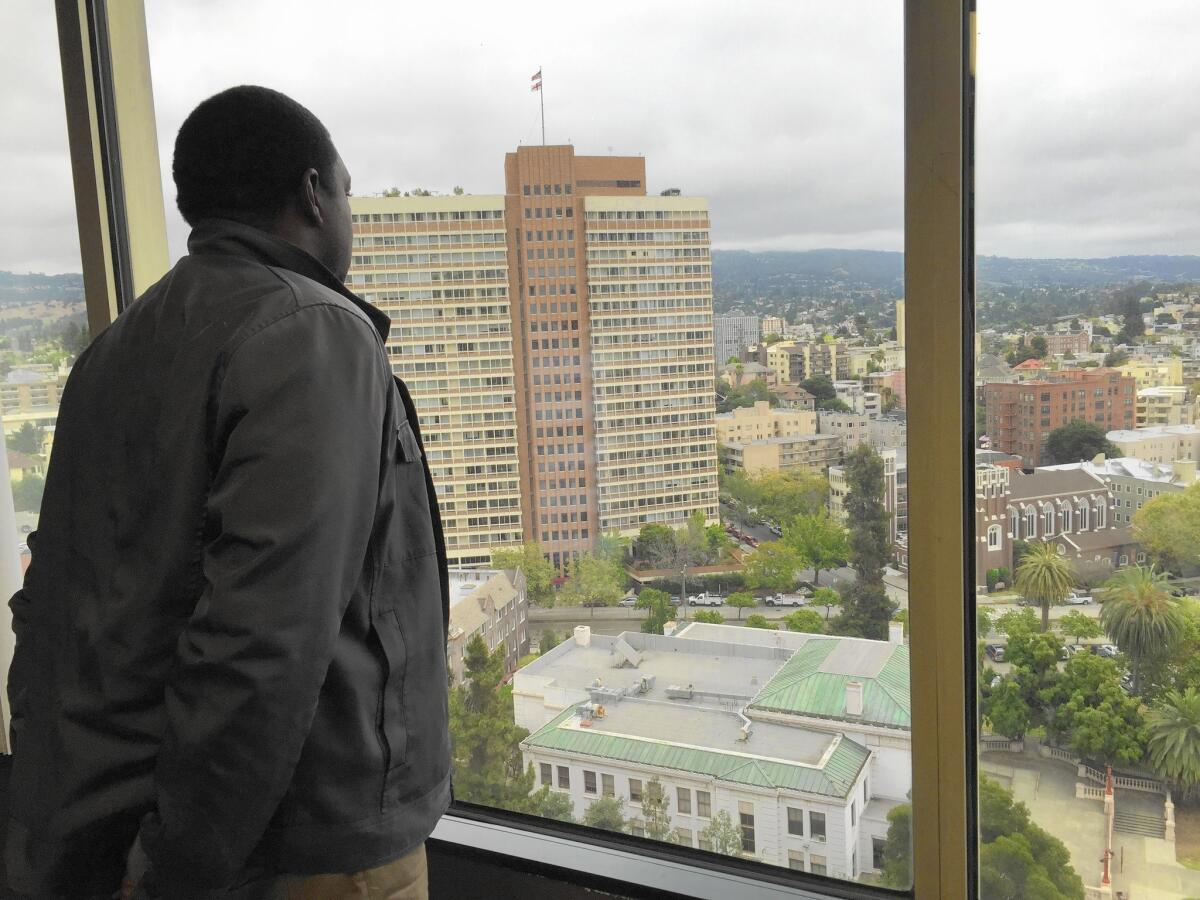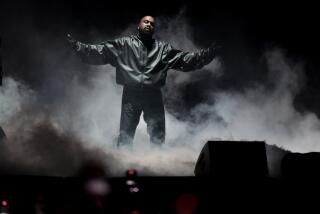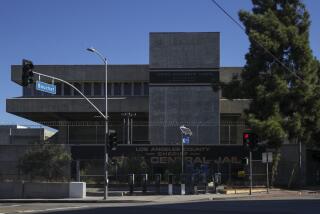California Journal: Man says racial harassment, including a noose, drove him from the job he loved

Reporting from OAKLAND — In April 2014, Nicholas P. was about four months into a job as assistant construction superintendent on a housing project in the East Bay suburb of Lafayette when a new boss arrived.
“The first thing he tells me is, ‘I need to see your resume,’” Nick told me. “He looked at it and looked at me and said, ‘Something is missing.’ I said ‘What’s missing?’ He said, ‘I don’t see any penitentiary time on there.’”
It was the beginning of a series of racially charged comments that culminated, according to a racial harassment and assault lawsuit filed Thursday in Alameda Superior Court, in the new boss tossing a noose over a cubicle wall at Nick.
The lawsuit — filed against the boss, a colleague who is alleged to have later hung the noose from the ceiling and the company they worked for at the time — uses only the initial of Nick’s last name because he fears for his safety. I was unable to reach either of the other men for a response.
Nick, 43, is African American; the boss is white. They worked for SRM Development, a firm based in Spokane that builds complexes for Merrill Gardens, a nationwide chain of upscale senior housing.
“In his eyes,” Nick said, “I was supposed to be the guy outside with the shovel. I was not supposed to be in that office.”
As the months passed, it became clear to Nick that his supervisor’s attitude was affecting morale. The subcontractors, he said, complained about racially tinged remarks about Mexicans, blacks and Asians.
As a black man in the construction trades, Nick was used to racist epithets. “If you let that break you down,” he said, “maybe you don’t need to be in this business.”
But he loved his job and spent years working to get there. A journeyman wage is $43 an hour plus benefits.
“I was on top of the world. People would say, ‘Why do you come to work smiling every day?’ And I would say, ‘Go do something you love, and you’ll go to work smiling every day.’”
That changed last August. According to the lawsuit, Nick was at his desk in a low-walled cubicle, wearing the hard hat his father had presented him when he graduated from apprenticeship. It said “Greatest Son. Good Job.”
He felt something hit his head.
“Did I get him?” he heard his boss ask another employee. “That’s how we do them in Idaho.”
Nick looked up. A noose — “perfected with a hangman’s knot,” according to the lawsuit — was dangling over his cubicle wall.
“My hard hat saved my life,” he told me Wednesday, as he sat between his attorneys Leslie Levy and Jean Hyams in their Oakland office.
As he told his story, he choked up and bent his head. When he spoke again, his cheeks were wet with tears.
::
After I spoke with Nick, Levy introduced me to Oakland civil rights attorney Eva Paterson, co-founder of the Equal Justice Society. Paterson once sued the San Francisco Fire Department for racial
harassment after two firefighters discovered a swastika flag hanging in their firehouse.
Trying to throw a noose around a black man’s neck, she said, is nothing short of terrorism. “It’s a way to strike fear into your heart because it’s about lynching.”
Yet nooses are a commonplace form of racial intimidation.
“I see a story like this at least once a week, sometimes more,” said Denison University professor Jack Shuler, author of “The Thirteenth Turn: A History of the Noose.” “Workplace incidents especially.”
Shuler became interested in nooses in 2006, after six black students were arrested on suspicion of assaulting a white classmate at Jena High School in Louisiana. The incident occurred after white students hung nooses from a campus tree to discourage black students from sitting under it.
“Some people say, ‘I’m just making a joke — it’s a harmless prank,’” Shuler said. “But it’s instant hate. In many ways, it’s the new burning cross.”
And perhaps a hate crime. On Thursday, Lafayette Police Sgt. Howard Schiells told me an investigation into the incident would probably be completed next week. The Contra Costa district attorney’s office will decide whether criminal charges are warranted.
::
The day after the noose incident, Nick returned to work.
The rope, he said, was still dangling over his cubicle wall. Later that day, a co-worker hung it in the middle of the room. Someone wrote Nick’s name
on a police sketch of an African American robbery suspect and stuck it on the noose.
Sickened, Nick emailed photos to SRM official Dee McGonigle in Washington. McGonigle was apologetic.
Three days later, according to Nick’s lawsuit, his supervisor accosted him at work: “Why’d you snitch?” Then the boss told a co-worker: “I can’t wait to bring my rifle down here.”
McGonigle had agreed by email to talk to me, but was apparently instructed otherwise. (I know this because he misfired an email to me: “I will ignore her from now on.”)
Nick was hospitalized with dangerously high blood pressure. He was off work for five weeks.
When he returned to work in September 2014, his hard hat was gone. Someone had sliced the soles off the casual shoes he kept at the office for lunchtime walks. The pockets of his tool belt had been slit. His co-workers, he said, did not speak to him. He left for good and has been in treatment for depression and anxiety ever since.
He hates not working, and thinks that maybe, if he hadn’t complained about the noose, his life would still be on track. The smell of sawdust used to fill him with pleasure. These days, it fills him only with dread.
[email protected]
Twitter: @AbcarianLAT
More to Read
Sign up for Essential California
The most important California stories and recommendations in your inbox every morning.
You may occasionally receive promotional content from the Los Angeles Times.










